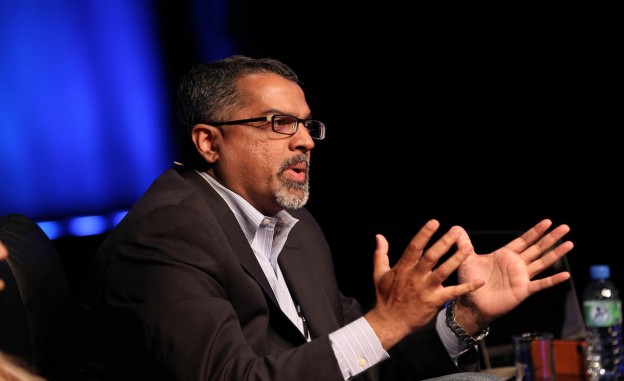Reporting by Reuben Stern, Olga Kyle, Sarah Harkins, Laura Davison, Teddy Nykiel.
This week the RJI Futures Lab examines how complex interactive data sets could be built into stories; hear why the experience around consuming news matters and explore what the future holds for the evening newscast format.
PART 1: Integrating data apps into stories
Newsroom programmers are developing new ways to integrate interactive data sets into the flow of stories. In some cases the stories might even write themselves. We get a peek at the future of news apps from Chase Davis, assistant editor for interactive news at the New York Times, and Matt Wynn, watchdog reporter at the Omaha World-Herald.
[To skip directly to this segment in YouTube, click here.]
Examples:
- The Omaha World-Herald has generated a revenue stream from an app their DataOmaha team built called Curbwise. Using public data and algorithms, the app generates reports on property valuations to determine if property owners are paying too much in taxes. You can learn more about the DataOmaha team’s latest projects on their blog.
- At the Online News Association conference in October, Emma Carew Grovum, data journalist at the Chronicle of Philanthropy, offered a list of data project examples from small newsrooms (the examples are listed on slides 20-21).
Additional information and examples:
- Omaha World-Herald interactive and data-driven projects
- Chicago Tribune news apps blog
- Guardian Datablog
- Los Angeles Times Data Desk
- NPR news apps team blog
- ProPublica Nerd Blog
- CIR Labs blog (Center for Investigative Reporting)
PART 2: Providing news experiences
News Corp Senior Vice President of Strategy Raju Narisetti says all news organizations are competing for access to a single non-renewable resource: a reader’s time. In this interview, he predicts that attracting and keeping an audience depends not just on the information being reported but also on the experience created around the news.
[To skip directly to this segment in YouTube, click here.]
Additional information:
In this extended interview, News Corp’s Raju Narisetti gives examples of news experiences that engage readers and set a publication apart from its competitors. He also explains the importance of integrating developers and coders into the newsroom, and he looks ahead to the day when at least half the digital audience is likely to come from mobile devices.
PART 3: Evening newscasts in the future
Despite an upward bump in 2011, overall viewership of network evening newscasts has been falling for years. However, CBS White House Correspondent Major Garrett says the traditional newscast format provides unique value in a news landscape increasingly driven by social media.
[To skip directly to this segment in YouTube, click here.]
Covering the president:
CBS White House Correspondent Major Garrett explains what it’s like to work inside the White House and describes his working relationship with President Barack Obama and the other past presidents he has covered.
Reuben Stern is the deputy director of the Futures Lab at the Reynolds Journalism Institute and host and co-producer of the weekly Futures Lab video update.
The Reynolds Journalism Institute’s Futures Lab video update features a roundup of fresh ideas, techniques and developments to help spark innovation and change in newsrooms across all media platforms. Visit the RJI website for the full archive of Futures Lab videos, or download the iPad app to watch the show wherever you go. You can also sign up to receive email notification of each new episode.


